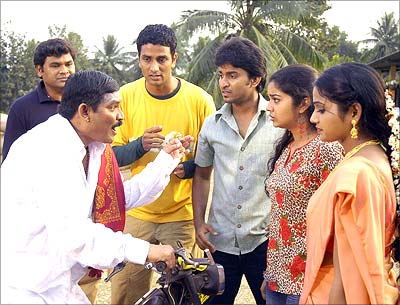

However, if every shell shows a value of 0, then the value of the roll is 8 and if all of them shows a value of 1, then the value of the roll is 4. The mouth of the shell landing upwards has a value of 1 and downwards has a value of 0. The game is controlled by throwing four cowry shells and counting how many are 'as it is' versus those that land 'inverted': if all four shells land inverted it is called "ashta" and if all land as it is then it is called an "chamma".Įach player takes a turn to roll the cowrie shells. Assuming the size of the board is NxN (with N being odd), then each player will have N-1 pawns.Ĭowrie shells used as dice, though in this picture six were thrown instead of the four used in this game.
Champool/ Kach kangri - Marathi - MaharashtraĬhowka bhara normally has a 5x5 square board and four players, but one can also increase the number of squares depending on the number of players to any odd number squared (for example, 11x11). Kanna Kauri (कन्ना कौड़ी) - Hindi - Jabalpur,Madhya Pradesh. Ashta Chamma - Telugu - Andhra Pradesh/Telangana. Chakaara or Chakka - Kannada - North Karnataka. This list shows the name, the language and then the region: This game is called by various names in different languages in different regions of India. There are references to this game in some ancient Indian epics like the Mahabharata. The game of Chowka Bhara is one of the oldest board games in existence, still being played in certain parts of India. While traditionally played with 4 or 6 cowry shells, dice can also be used. This game is an example of a “fully observable” system that has an element of chance introduced by the roll of special dice and an element of strategy (the strategy being the pawn the player decides to move after the roll of the dice). This game is the famous and addictive Indian version of Ludo.Īshta Chamma is called by various names in different regions.Chowka Bara or Ashta Chamma is a two- or four-player board game from India. The game finishes when a player's token manages to get into the home square. When a token reaches the outer square left of its starting square it further moves up into the inner squares and now moves in clockwise direction. Player gets an extra turn to play when the dice result is 1 or 6. However killing is not possible while the token is in a safe or cross marked square. The killed token returns to its starting square and has to go round all over again. If a player's token lands on a square occupied by an opponent's token then the opponent's token is killed and the player gets an extra turn to play. The tokens travel anti-clockwise in outer squares, clockwise in inner squares, and finally land up in home square. 
The tokens enter the board only when the dice result is 1. Download this app named Ashta Chamma.In Ashta Chamma game the movement of tokens is controlled by throw of a dice.






 0 kommentar(er)
0 kommentar(er)
